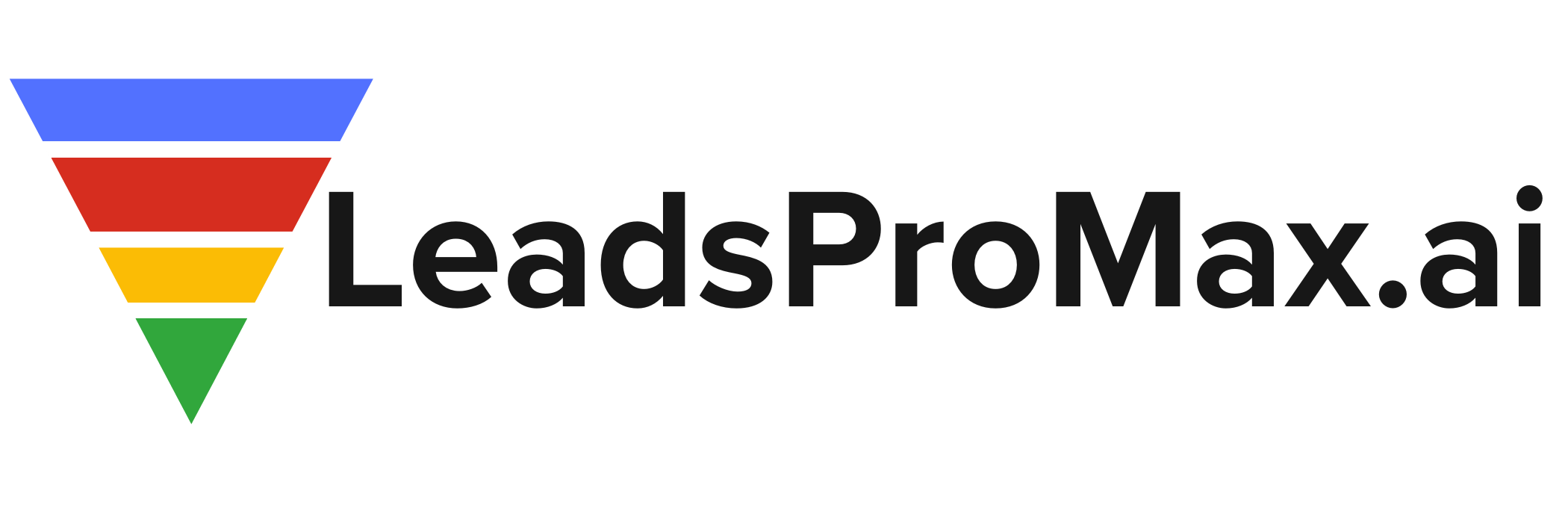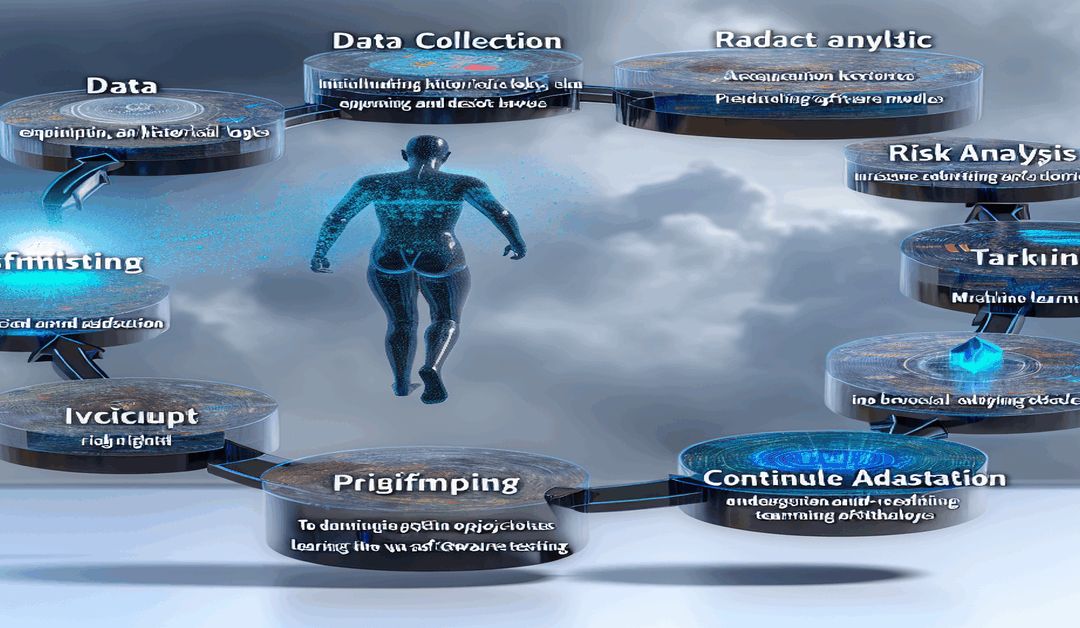Revolutionizing Software Testing with AI-Driven Predictive Analytics
In the rapidly evolving world of software development, the demand for faster release cycles and higher quality products has never been greater. As organizations strive to meet these expectations, they are turning to cutting-edge technologies like AI-driven predictive analytics to transform their software testing processes. By leveraging the power of machine learning and data analysis, predictive analytics is revolutionizing the way we approach software testing, enabling teams to **forecast defects**, optimize test coverage, and mitigate risks associated with releases.
The Core Components of AI-Driven Predictive Analytics
At the heart of AI-driven predictive analytics lie several key components that work together to deliver powerful insights and drive more effective software testing practices:
1. Data Collection
The foundation of predictive analytics is built upon a comprehensive collection of data from various sources, including historical test logs, defect reports, code changes, CI/CD pipeline data, and user feedback. By gathering and consolidating this wealth of information, organizations can create a rich dataset that serves as the basis for training machine learning models and uncovering valuable patterns and trends.
2. Machine Learning Models
With the collected data in hand, the next step is to develop sophisticated machine learning models capable of analyzing past defect patterns and predicting failure risks in new code. These models are trained using advanced algorithms that can identify complex relationships and correlations within the data, enabling them to make accurate predictions about potential defects and vulnerabilities. By continuously refining and updating these models based on new data inputs, organizations can ensure that their predictive analytics capabilities remain highly accurate and relevant over time.
3. Risk Analysis
One of the key benefits of AI-driven predictive analytics is its ability to prioritize testing efforts based on a thorough evaluation of defect probability and impact. By assessing the likelihood and severity of potential defects in different modules or components of the software, predictive analytics can help teams focus their testing resources on the areas that pose the greatest risk. This targeted approach not only improves the efficiency of testing processes but also helps to ensure that critical defects are identified and resolved before they can impact end-users.
4. Continuous Adaptation
To maintain their effectiveness and accuracy, AI-driven predictive analytics models must be able to adapt and learn from real-time data updates. As new information is collected throughout the software development lifecycle, these models can continuously refine their predictions and insights, ensuring that testing efforts remain aligned with the most current and relevant risks. This ongoing adaptation is crucial for staying ahead of evolving software complexity and maintaining the highest levels of quality and reliability.
The AI-Driven Predictive Analytics Process
Implementing AI-driven predictive analytics in software testing involves a structured process that encompasses several key steps:
1. Define Objectives
The first step in leveraging predictive analytics is to clearly define the objectives and goals of the testing process. This may involve identifying specific areas of focus, such as defect hotspots or test efficiency, and determining the desired outcomes and metrics for success.
2. Analyze Historical Data
With objectives in place, the next step is to analyze historical data to uncover patterns and correlations between code changes and defect rates. This process involves applying advanced data analysis techniques to identify trends, anomalies, and other insights that can inform the development of predictive models.
3. Model Training
Using the insights gleaned from historical data analysis, data scientists and machine learning experts work to develop and train predictive models using a variety of algorithms and techniques. These models are designed to forecast defects and estimate the resources needed for effective testing, based on the unique characteristics and complexities of the software being developed.
4. Integration and Refinement
Once predictive models have been developed and trained, they must be integrated into existing testing workflows and processes. This involves deploying the models in real-world scenarios, monitoring their performance, and continuously refining them based on feedback and new data inputs. By iteratively improving the accuracy and effectiveness of predictive models, organizations can maximize the value and impact of their AI-driven testing efforts.
The Benefits of AI-Driven Predictive Analytics in Software Testing
By embracing AI-driven predictive analytics, organizations can realize a wide range of benefits that transform their software testing processes and deliver better outcomes for their customers:
1. **Reduced Manual Effort**: Predictive analytics automates many of the time-consuming and labor-intensive aspects of software testing, freeing up valuable resources and allowing teams to focus on higher-value activities.
2. **Accelerated Release Cycles**: By identifying and prioritizing defects early in the development process, predictive analytics enables organizations to streamline their testing efforts and accelerate release cycles, bringing new features and functionalities to market faster.
3. **Improved Software Quality**: With the ability to predict and proactively address potential defects, AI-driven predictive analytics helps organizations deliver higher-quality software that meets the evolving needs and expectations of their users.
As the software development landscape continues to evolve, the adoption of AI-driven predictive analytics in testing will become increasingly critical for organizations looking to stay ahead of the curve. By leveraging the power of machine learning and data analysis, companies can optimize their testing processes, reduce risks, and deliver innovative, high-quality software that drives business success in the digital age.
#PredictiveAnalytics #SoftwareTesting #ArtificialIntelligence
-> Original article and inspiration provided by ReviewAgent.ai
-> Connect with one of our AI Strategists today at ReviewAgent.ai

